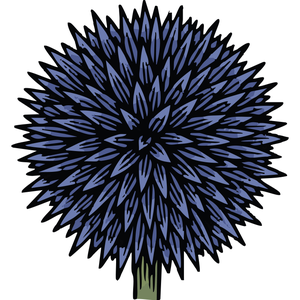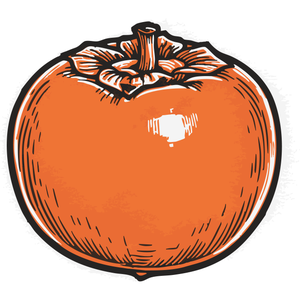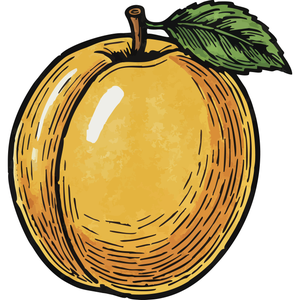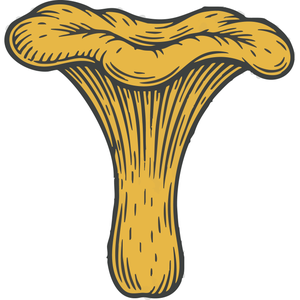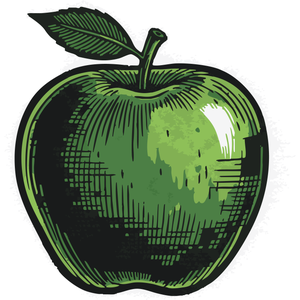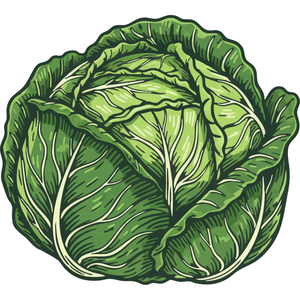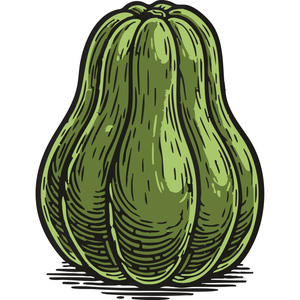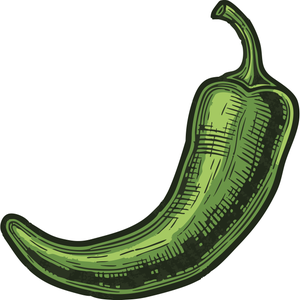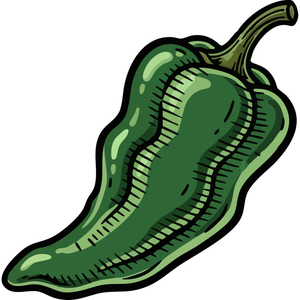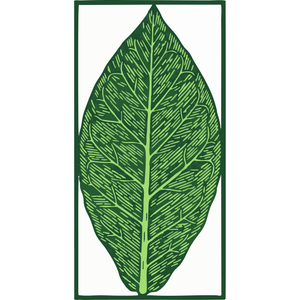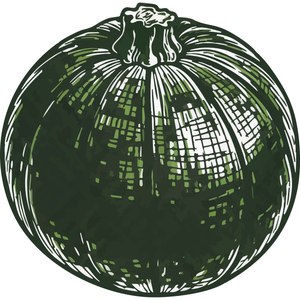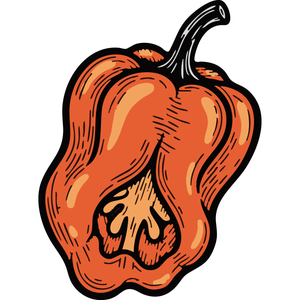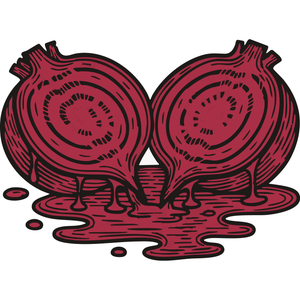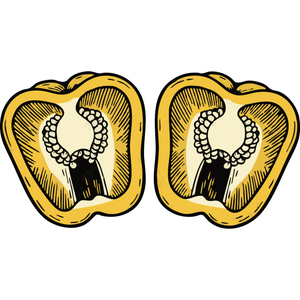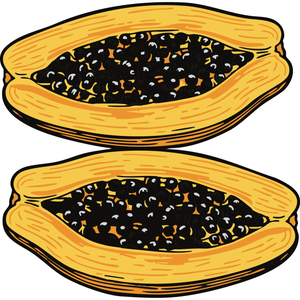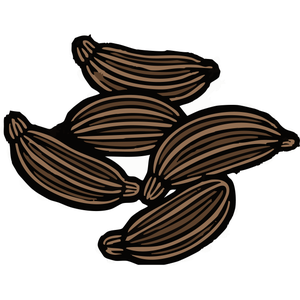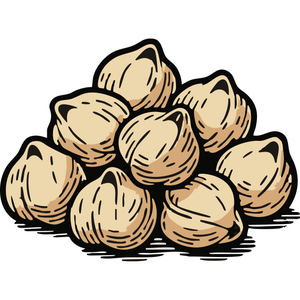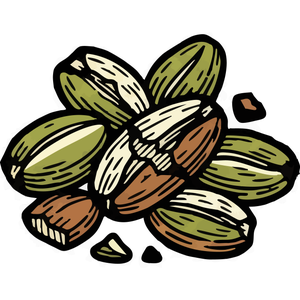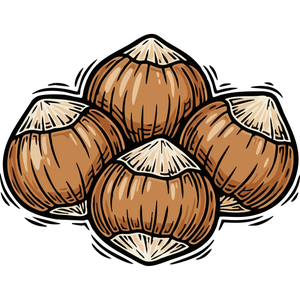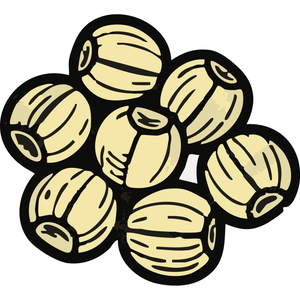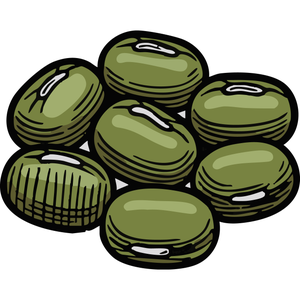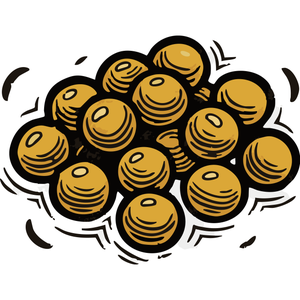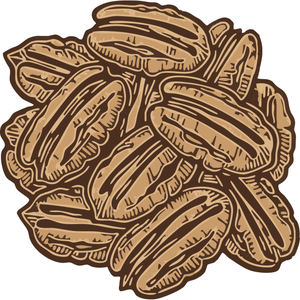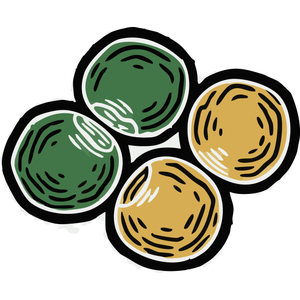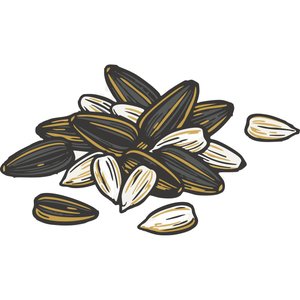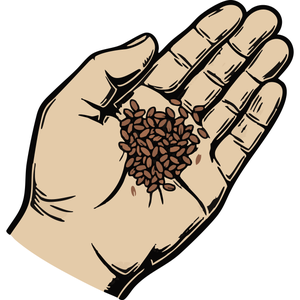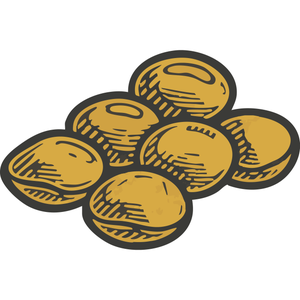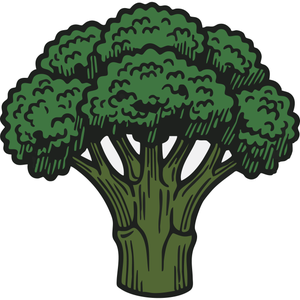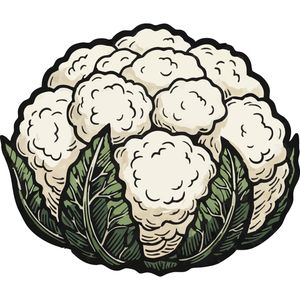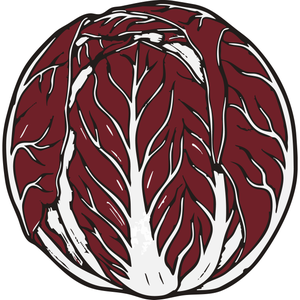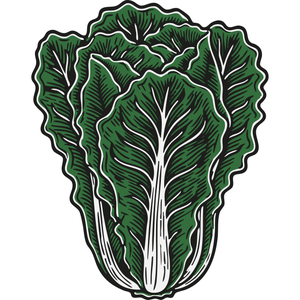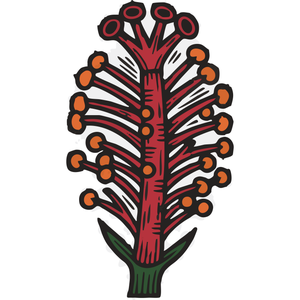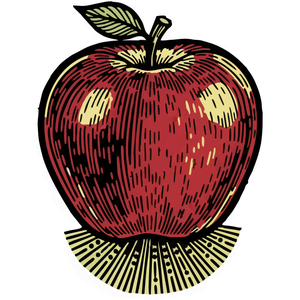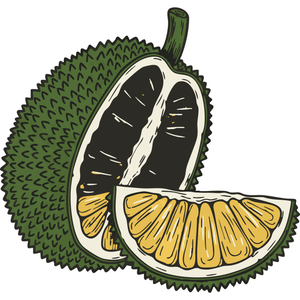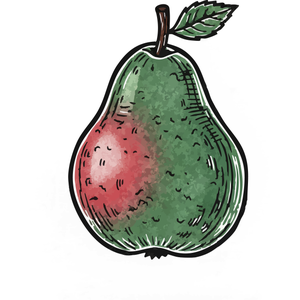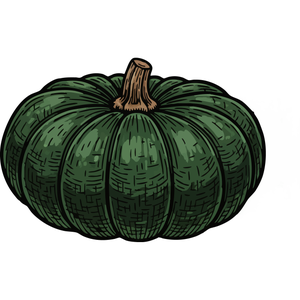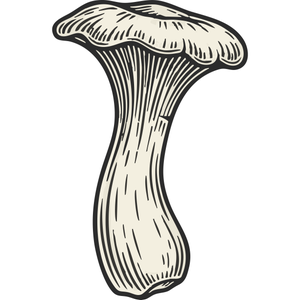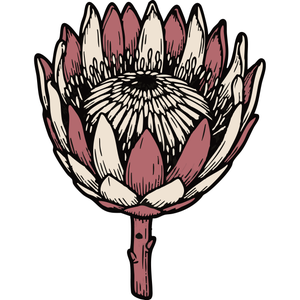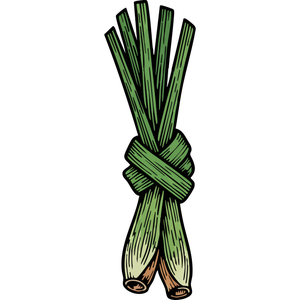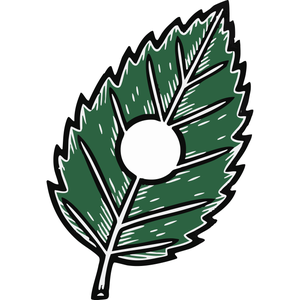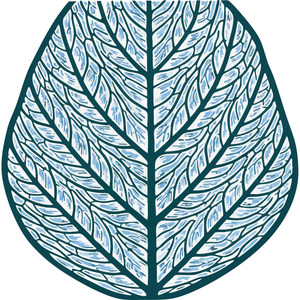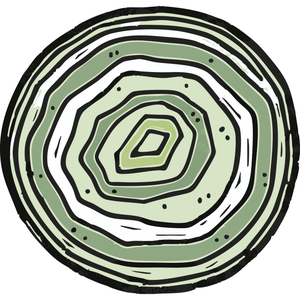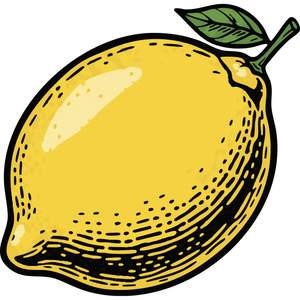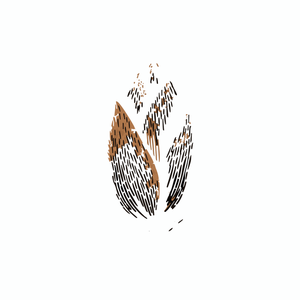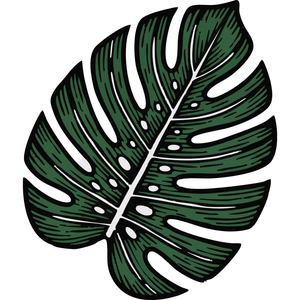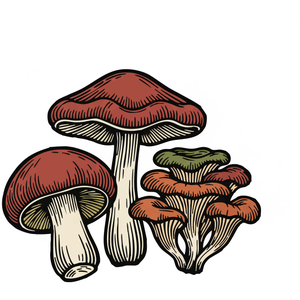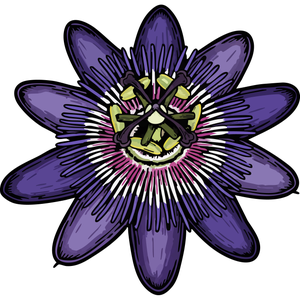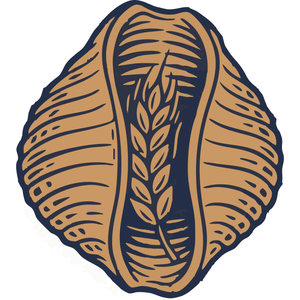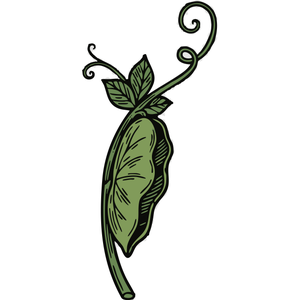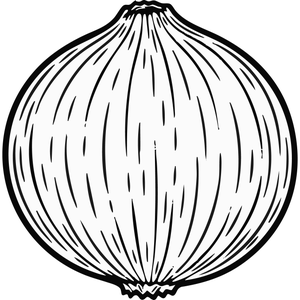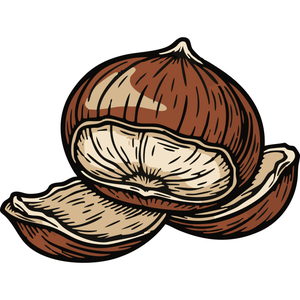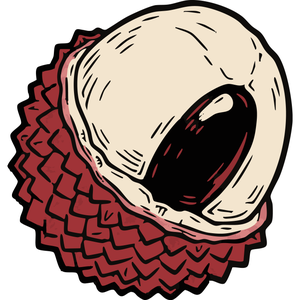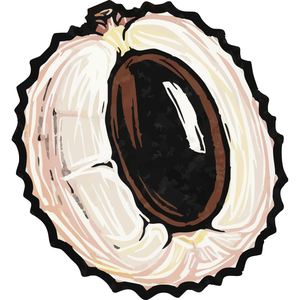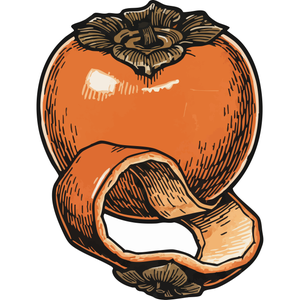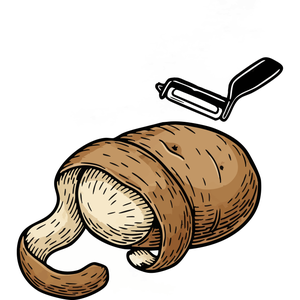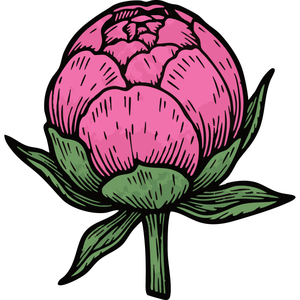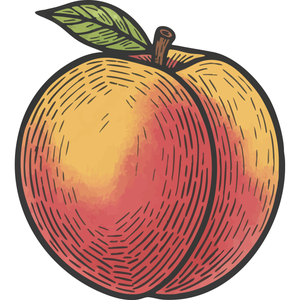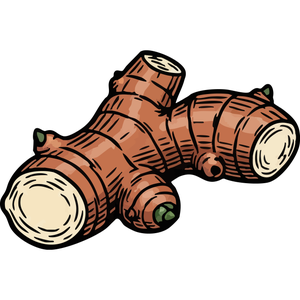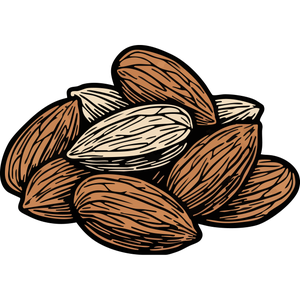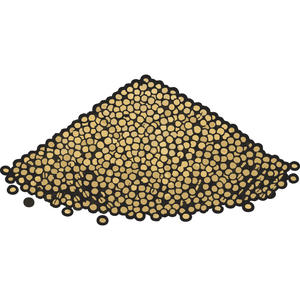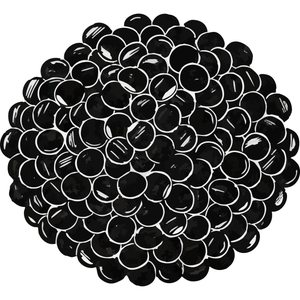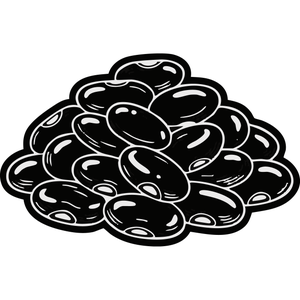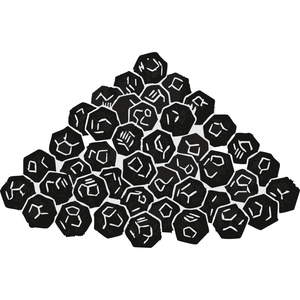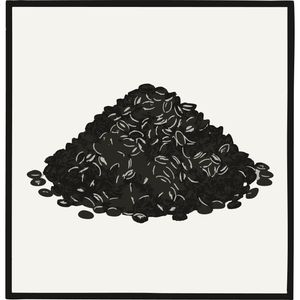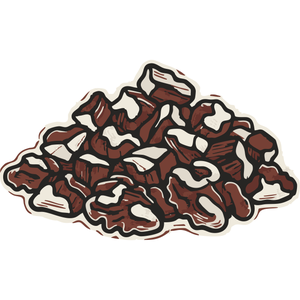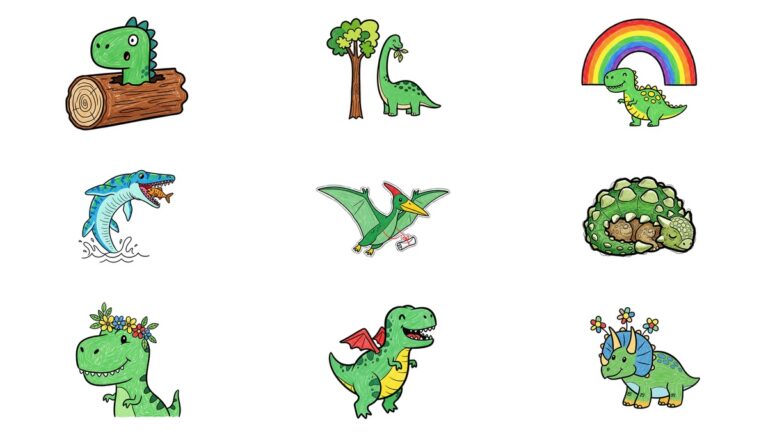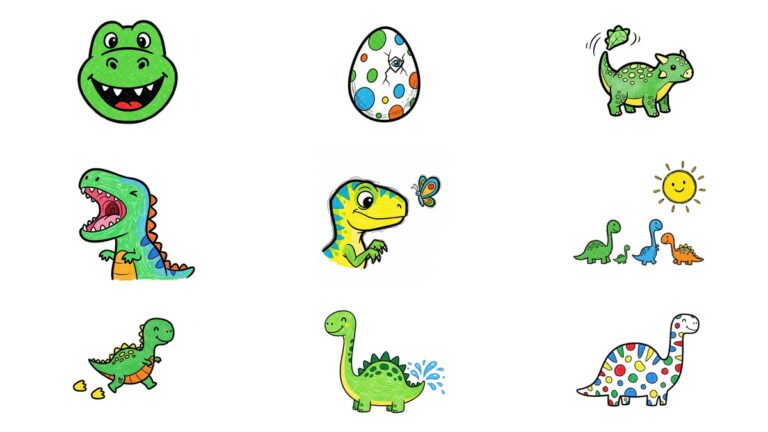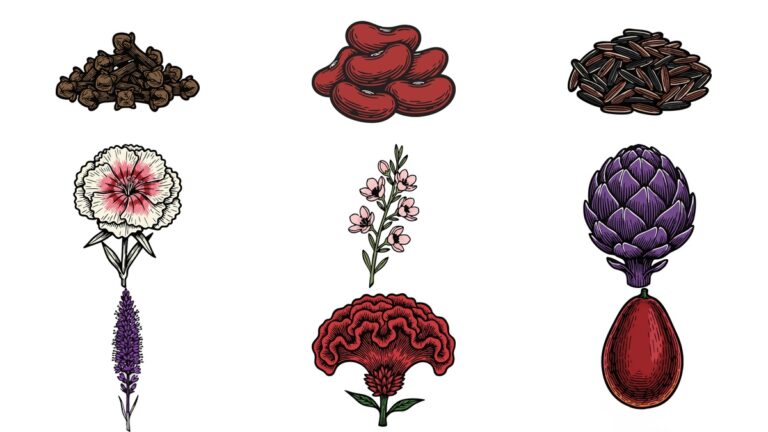Part 8: The Magic of Color II – Multi-Block Techniques and Creative Expressions
While the reduction method is an irreversible technique that builds color by destroying a single block, the world of printmaking offers several more flexible and diverse ways to express color. These techniques are strategically chosen based on the artist’s temperament and the artwork’s purpose, infinitely expanding the expressive possibilities of linocut.
8.1. The Multi-Block Method: A Modular Approach
The multi-block technique is the most traditional and common method for multi-color printmaking. As the name suggests, it involves creating and printing a separate block for each color you wish to express.
- Process: First, a ‘key block’ is created, which usually contains the main outlines (often in the darkest color). This key block is printed in a light color onto other clean blocks. Then, on each of these blocks, only the parts needed for that specific color are left, and the rest is carved away. These color-specific blocks are then printed in sequence onto a single sheet of paper using a registration system.
- Pros and Cons: The biggest advantage of this technique is its ‘flexibility.’ Unlike the reduction method, each block exists independently, so you can modify a specific color block after a test print or change the printing order. Also, since the blocks are not destroyed, you can print additional editions at any time. On the other hand, it requires precise alignment of multiple physically separate blocks, making registration more challenging than with the reduction method. While the reduction method demands intuitive and linear thinking, the multi-block technique requires a more analytical and modular approach.
8.2. The Jigsaw Technique: Multi-Color Printing in One Go
The jigsaw technique offers a very clever solution to multi-color printing. First, the entire design is carved onto a single block. Then, the block is cut into pieces, like a jigsaw puzzle, along the lines where the colors change.
- Process: Each cut piece is inked with a different color. The pieces are then reassembled tightly back into their original shape on the printing bed. A sheet of paper is placed over this ‘reconstructed’ block and printed all at once, resulting in a print with multiple colors printed simultaneously.
- Advantage: The main advantage is that it doesn’t require complex registration since there is no layering of colors. It is particularly effective for designs composed of clearly defined color areas.
8.3. The Rainbow Roll: A Smooth Transition of Colors
The rainbow roll is a technique that adds a painterly gradient effect to a print.
- Process: Two or more colors of ink are placed side-by-side on the inking slab. The roller is then moved back and forth slightly as it’s rolled, allowing the colors to blend naturally at their boundaries. This rainbow-like roller is then used to ink the block, creating a smooth color transition effect in the final print.
- Application: This technique can be used on its own to create a dreamy background or as one layer in a multi-block print to add rich color variations.
8.4. Hand-Coloring and Chine-Collé
- Hand-Coloring: One of the simplest ways to add multiple colors. First, a single-color linocut is printed. After the print is completely dry, watercolors or inks are used to color in desired areas by hand. In this case, it’s essential to use waterproof, oil-based ink for the print to prevent smudging.
- Chine-Collé: A more professional technique where a thin, colored piece of paper is pressed onto the print during the printing process. It can add a unique texture along with color to specific areas and is used as an advanced printmaking technique.
These diverse multi-color techniques show that linocut is not just a black-and-white medium. They expand the very definition of printmaking by combining elements from other genres like painting and collage. This allows artists to choose the optimal method to most effectively realize their artistic vision.
[ 여기에 광고 코드가 삽입됩니다 ]
[ 여기에 광고 코드가 삽입됩니다 ]


